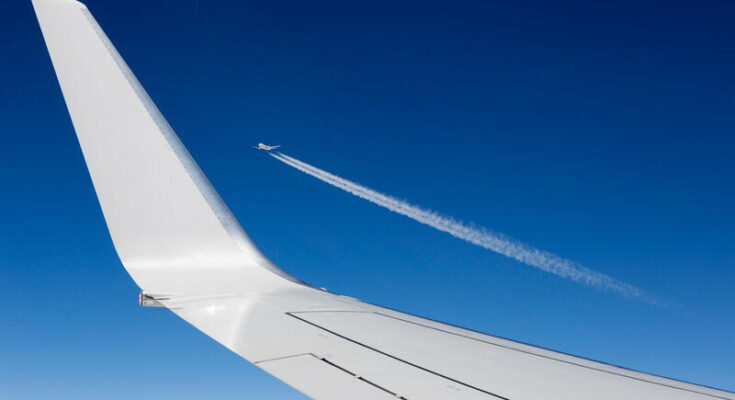Airplane winglets are the small, upturned extensions found at the tips of an aircraft’s wings. While they might look like simple design features, winglets play a crucial role in improving an airplane’s aerodynamic efficiency, reducing fuel consumption, and increasing overall performance.
To understand their purpose, it helps to know what happens at the end of a wing during flight. As a plane flies, high-pressure air from beneath the wing tries to move toward the low-pressure area above the wing by curling around the tip. This creates swirling air currents called wingtip vortices, which cause drag — a force that opposes the aircraft’s forward motion.
Winglets are designed to disrupt these vortices. By extending upward or sometimes slightly outward from the wingtip, winglets reduce the strength of the swirling air and minimize what is known as induced drag. With less drag, the airplane can fly more efficiently, meaning it uses less fuel to maintain speed and lift.
In practical terms, winglets can improve fuel efficiency by up to 5%, depending on the aircraft type and flight conditions. This might seem small, but over thousands of flights per year, it results in significant savings for airlines and reduces environmental impact through lower carbon emissions.
Winglets also contribute to better climb performance and longer range. They can even help reduce turbulence for planes flying nearby, improving safety in busy airspace.
Today, winglets are a common feature on many commercial aircraft, including Boeing 737s, Airbus A320s, and long-haul jets like the Boeing 787 and Airbus A350. Some planes use advanced versions like “blended winglets” or “split scimitar winglets” for even greater aerodynamic benefits.
In summary, winglets are a smart and effective innovation that make flying more efficient, economical, and environmentally friendly.



